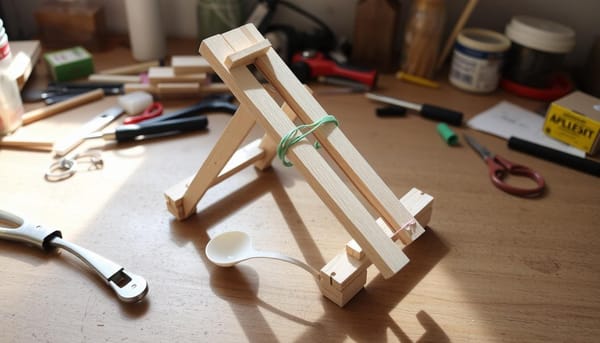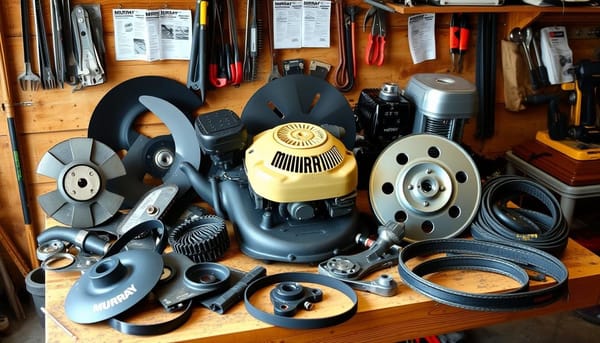The Future of Clothing is 3D Printed and Sustainable

The startup Ministry of Supply probably sounds familiar to you, as it should. This well-known startup began with the idea of making expensive, high-maintenance dress better priced, better performing and overall a better fit for people's individual needs. The two founders of the startup, Aman Advani, and Gihan Amarasiriwardena met at MIT and came up with the idea for Ministry of Supply. Once they had solid plans drawn up, they launched a Kickstarter campaign.
In addition to liberal company policies and innovative clothing designs, they've taken up 3D printing in their latest venture. Their 3D print-knit is not only a new way of producing clothing to suit the individual needs of customers but it helps reduce clothing waste by more than 30%.
It's not just better for the environment, there are several reasons why they've switched to 3D. Since the fabric is made with the dimensions of the customer in mind, they don't restrict movement. Clothes designed not to be tighter or looser than the customer prefers; 3D printing is also good news for those of us who fall outside of traditional clothing sizing guidelines.
Ministry of Supply also saved themselves money by skipping typical steps like laying and cutting the fabric because the mass production of various sizes isn't needed if garments are made to order for the customers in question. That, in turn, decreases turnaround and shelving time. Since 3D printed fabric is seamless it lasts longer, as traditionally constructed outfits are weakest around the seams, where they tend to rip and fray. You should find yourself heading out to the store to replace items purchased from the Ministry of Supply less often then!
The most important improvement of 3D printed clothing versus traditionally made clothing has to be the reduction in clothing waste. It's no secret that so-called "fast fashion," fashion that is produced according to trends for cheap prices that are appealing to the consumer, has its price, even if it isn't reflected on the price tag. According to Environmental Protection Agency (EPA), 84% of all unwanted clothes in the United States in 2012 went to a landfill or incinerator.
Since trends change so quickly and cheaply made clothing may also wear out quickly, even before the tend passes, many find themselves donating or tossing the clothing. While most clothing isn't donated, even programs like H&M's popular clothing donation initiative achieve little when it comes to actual turnover and repurposing of clothing, thus the fashion industry is really producing more clothing waste than long-term wearable clothing items.
Humans are constantly in motion, and we believe that clothing should keep up. We design 3D Print-Knit garments that move with your body without holding you back or losing their shape. These garments are engineered with shape and articulation based on your joints and the strain that you put on your clothes throughout the day.
Since the printing process produces almost no waste it is more economical and better for the Earth, reducing clothing waste. The approach that Ministry of Supply takes is towards a better clothing cycle in the end which eliminates manufacturing waste and overproduction, as most products may end up in the trash when a constant cycle of overproduction is maintained. They assure the wearer that except for a few "loose threads" all of the fabric is used to create a garment so no additional waste is created.
The printing process takes place in-store and is then managed by their retail team. In this closed door production cycle, rapid prototyping can be developed, allowing users to personalize design and sizing when needed without producing too much. The clothing is made to be breathable, using moisture-wicking fibers and is mapped for ventilation. Currently, they don't have a large selection of users but you can choose various items from their seamless blazers to all season quarter zips.
Their amazing tech-integrated clothing doesn't stop there. They've started the pre-order process for their Mercury Intelligent Heated Jackets. Their jackets are good looking, "everything-proof," and use artificial intelligence to learn the preferences of the users and automatically heat up to the user's preferred temperature. Available currently in black, white and blue these lightweight jackets are 1mm thick, contain smart thermostats and react both to the body temperature of the user and the outside environment.
To heat the jackets, users just turn it on. This can be done using an integrated app, which the user can also use to set the temperature preferences or with Amazon's voice-activated Alexa device. As mentioned previously, the jackets are also "everything-proof" meaning come wind, snow, water, odors, anything you can throw at it, it will last. Sizes run from men's XS or women's XXS to men's and women's XXL. Right now their prices for the jacket is $345.
So far their previous success has meant that their products have been on the market for a while and are currently available internationally. This startup can be seen as another example of "fashion for good" but also a fashion brand with the sense to incorporate futuristic "smart fashion" options in its clothing choices as well. As fashion is made to quickly become obsolete, we should be refocusing on which brands are fighting for durability and substance versus which brands fight for a glance of relevance before their clothes go to the landfill forever.
ministryofsupply.com
Fyxes
Thoughts, stories and ideas.




